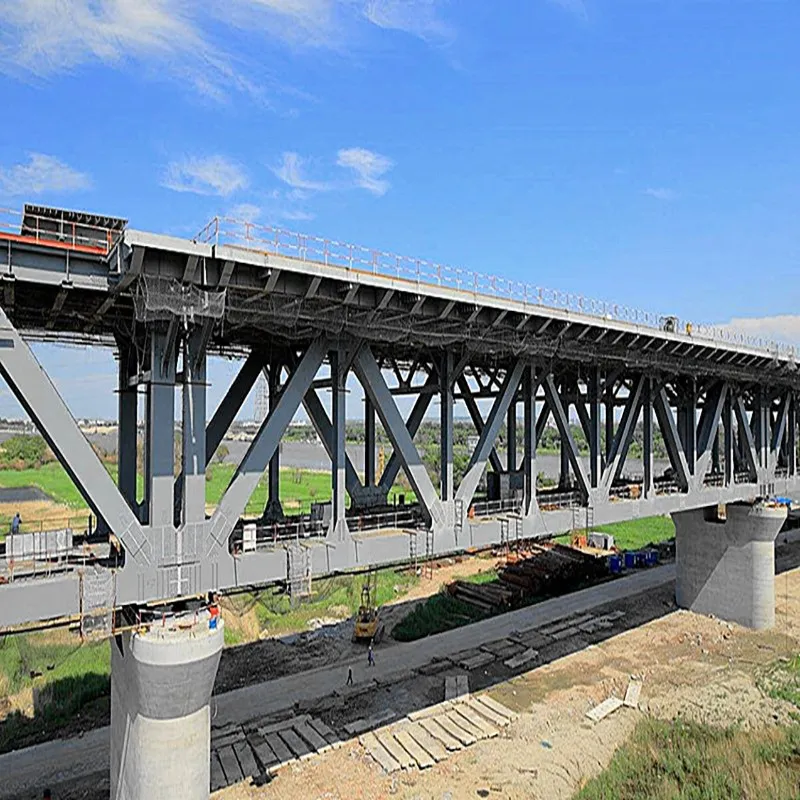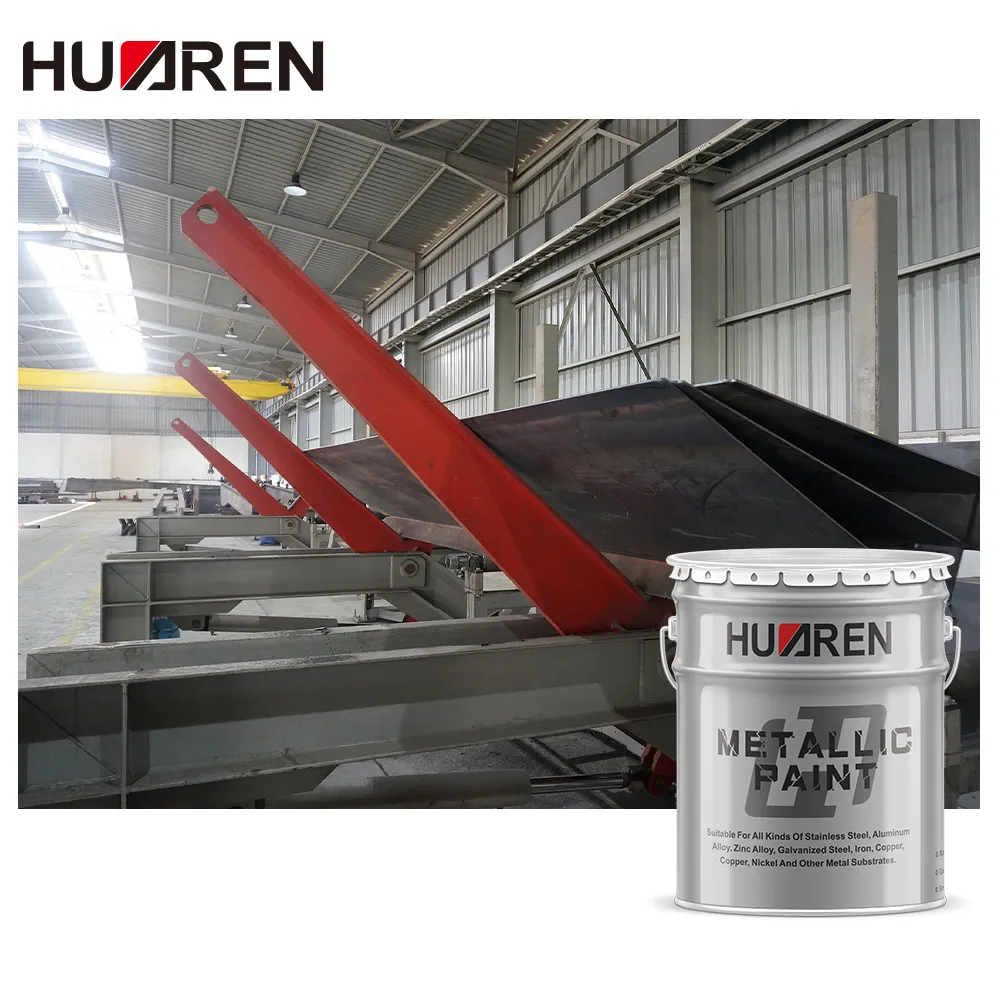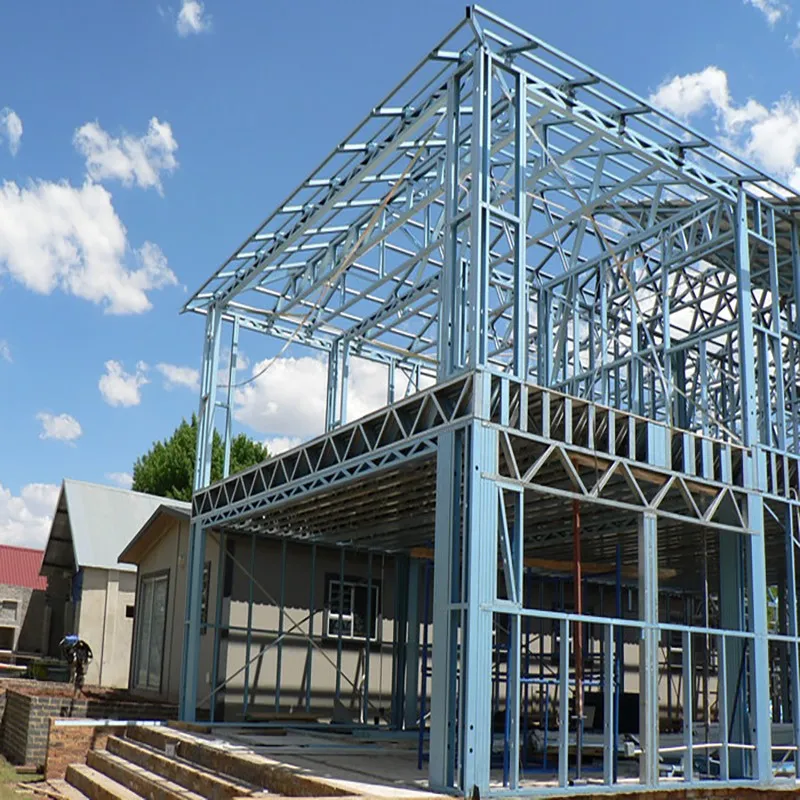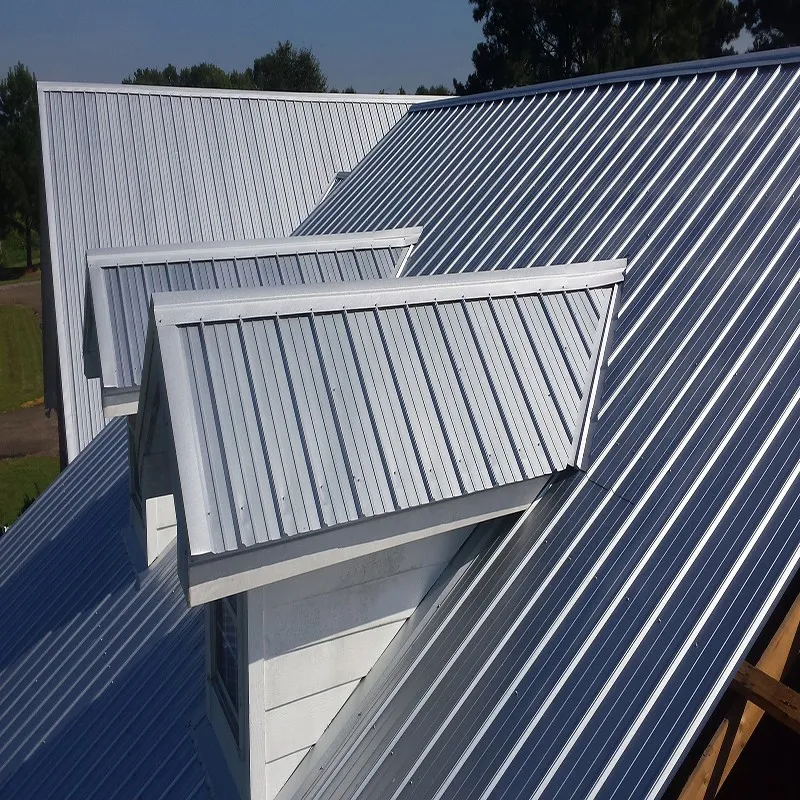As an environmentally friendly paint, water-based metallic paint is increasingly widely used in metal surface protection. Whether in the construction field, industrial equipment, machinery, automobiles, or home decoration, water-based metallic paint plays an important role. However, many people often ignore the important influence of coating thickness on coating effect and service life when using water-based metallic paint.
This article will explore in depth the coating thickness requirements of water-based metallic paint and the correct method of controlling coating thickness.

What are the characteristics of water-based metallic paint?
Water-based metallic paint is a kind of paint with water as solvent, mainly composed of water, pigment, resin and other ingredients. Compared with traditional solvent-based paint, water-based metallic paint has many advantages, including low VOC (volatile organic compound) content, environmental protection, easy operation, fast drying speed, etc. Water-based metallic paint can provide metal surfaces with multiple protection effects such as anti-corrosion, anti-rust, and wear resistance, while also increasing the beauty of the metal surface.
The application range of water-based metallic paint is very wide. It can be used for coating common metals such as steel, aluminum alloy, stainless steel, etc., and can also be used to protect the surfaces of various industrial equipment and machinery. In addition, water-based metal paint has good anti-corrosion performance, especially suitable for marine, chemical and other environments, and can effectively prevent metals from corroding due to long-term exposure to harsh environments.
However, when applying water-based metal paint, in addition to choosing suitable products and tools, it is also crucial to control the thickness of the coating. The coating thickness directly affects the key properties of the paint film, such as adhesion, corrosion resistance, and durability.

Does water-based metal paint have any requirements for coating thickness?
Coating thickness is an important indicator in paint construction, especially for water-based metal paint, such as anti-corrosion and anti-rust coatings. The correct coating thickness determines its protective effect on the metal surface. If the coating is too thin, the anti-corrosion performance of the paint film may be insufficient, and it may not be able to effectively resist the erosion of the external environment on the metal, and may even cause the paint film to crack and peel off; if the coating is too thick, it may affect the drying speed and adhesion of the paint film, and it is easy to produce undesirable phenomena such as sagging.
1. Anti-corrosion performance
One of the core functions of water-based metallic paint is to prevent corrosion on the metal surface. If the coating is too thin, the metal surface is exposed to corrosive substances such as external moisture and salt, and corrosion is likely to occur. Appropriate coating thickness can form an effective barrier to prevent direct contact between the metal and the external environment, thereby improving the anti-corrosion performance.
2. Adhesion
The adhesion of water-based metallic paint has certain requirements on the control of coating thickness. If the coating is too thick, it may lead to insufficient adhesion between the paint film and the metal surface, forming a fragile interface and increasing the risk of falling off. On the contrary, if the coating is too thin, it may not effectively cover the surface, causing the paint film to fall off or crack easily. Therefore, appropriate coating thickness can improve the adhesion between the paint film and the metal and extend the service life of the coating layer.
3. Appearance effect
Water-based metallic paint not only has anti-corrosion function, but also provides a beautiful appearance for the metal surface. The thickness of the coating directly affects the uniformity and glossiness of the paint film. If the coating is too thin, it may cause uneven paint film, spots and color difference, affecting the overall effect; while if the coating is too thick, it may cause problems such as sagging and marks on the surface of the paint film, affecting the visual effect. Therefore, controlling the appropriate coating thickness can ensure that the appearance of water-based metallic paint is smooth and bright.
4. Durability
The appropriate coating thickness can not only enhance the anti-corrosion ability of water-based metallic paint, but also improve its durability. A coating that is too thin is prone to wear and fall off, while a coating that is too thick may crack due to the weight of the coating or external environmental factors. Therefore, the correct coating thickness can extend the durability of the coating and reduce the frequency of re-painting.

What is the standard coating thickness of water-based metallic paint?
The coating thickness of water-based metallic paint is usually subject to standard requirements, but it will be affected by many factors during actual painting. The recommended coating thickness standards for different brands and models of water-based metallic paint may vary. Here are some common water-based metallic paint coating thickness standards:
1. Dry Film Thickness (DFT)
Dry Film Thickness (DFT) refers to the actual thickness of the coating in a dry state after painting. Depending on the coating requirements and the protection needs of the metal surface, the dry film thickness of water-based metallic paint is usually between 25-80 microns. The recommended coating thickness for most standard products is around 50 microns. Different coating systems (such as single-layer, double-layer or three-layer coating) may have different requirements for dry film thickness.
2. Wet Film Thickness (WFT)
Wet Film Thickness (WFT) refers to the thickness of the coating in a wet state after brushing. The wet film thickness is usually higher than the dry film thickness because water-based metallic paint contains a lot of water during the construction process. Generally, the recommended value of wet film thickness is 2-3 times the dry film thickness. For example, if the recommended dry film thickness is 50 microns, the wet film thickness is usually 100-150 microns.
How to control the coating thickness of water-based metallic paint?
The methods for controlling the coating thickness of water-based metallic paint mainly include choosing the right coating, reasonable construction tools and precise operation skills.
1. Choose the right coating
Different types of water-based metallic paint products have different coating thickness requirements, so choosing the right coating is the first step to ensure that the coating thickness meets the standard. Manufacturers usually give the recommended coating thickness range in the product manual. Choose the right product according to the condition of the metal surface (such as whether there is rust, whether it is a new decorative surface, etc.).
2. Use appropriate tools
The choice of brushing tools directly affects the uniformity and thickness of the coating. Common brushing tools include brushes, rollers, spray guns, etc. Spray gun brushing can provide a relatively uniform coating thickness, which is suitable for large-area painting. Brushes and rollers are suitable for painting small areas or details. When using a spray gun, pay attention to adjusting the air pressure, nozzle size and spraying speed of the spray gun to ensure that the coating is uniform and the thickness is moderate.
3. Control during the painting process
In the actual painting process, the coating thickness can be ensured to be appropriate by controlling the amount of each layer. When painting, avoid applying too much paint at one time, resulting in an overly thick paint layer. After each coat is applied, wait for the coating to dry and decide whether to apply another coat based on the coating effect. The thickness of each coat of paint can be measured by a wet film thickness gauge to ensure that the recommended thickness range is reached.
4. Sanding and finishing
After the coating is cured, it can be lightly sanded to remove areas with uneven surface or uneven thickness. This can further ensure the smoothness and uniformity of the paint film surface and provide better adhesion for subsequent coatings.

Common problems and solutions
1. The coating is too thick, resulting in sagging
If the coating is too thick, the paint film may sag, affecting the appearance. The solution is to control the amount of brushing, avoid brushing too thick each time, and appropriately extend the drying time of the coating. When using a spray gun, the nozzle and air pressure should be adjusted to ensure uniform spraying.
2. The coating is too thin and the anti-corrosion effect is poor
If the coating is too thin, it may not be able to effectively protect the metal surface, and the anti-corrosion effect is greatly reduced. The solution is to ensure that the thickness of each layer of coating meets the standard, and you can apply several more layers to achieve the appropriate thickness requirements.
Huaren Chemical Industry Co., Ltd., a prominent factory in the coatings industry, offers premium products at factory-direct prices. With over 20,000 tons of annual production capacity, we provide a comprehensive range of paints and resins, such as epoxy floor coatings, alkyd finishes, and chlorinated rubber paints. Our products are trusted by clients across industries like construction, machinery, and shipbuilding for their durability and performance. As a reliable manufacturer, we offer affordable solutions, bulk purchasing options, and Chinese promotional Choose Huaren Chemical for your coating needs and experience unmatched value. Contact us for more information and exclusive deals!

